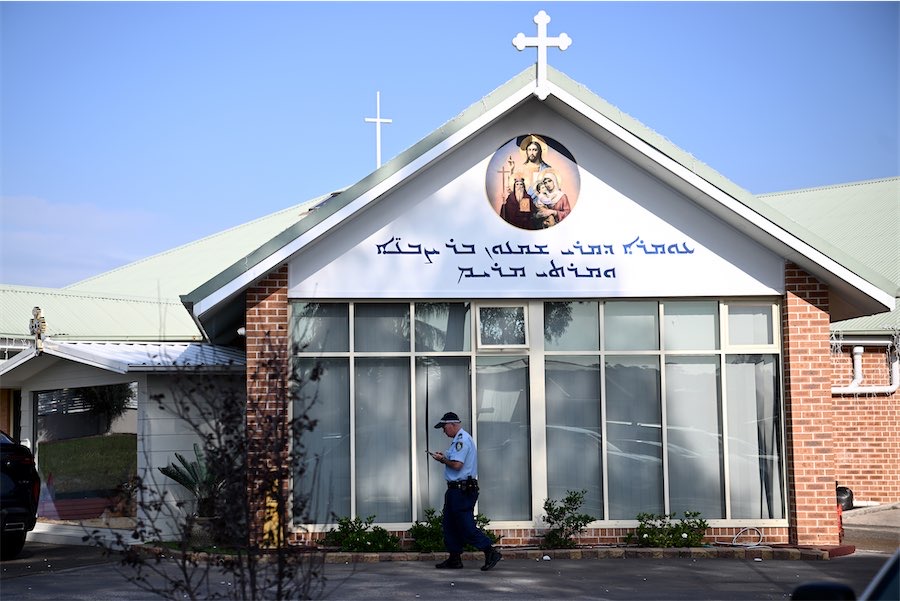
Reporter APRIL MARCH meets a man putting roadkill to work in his thriving veggie patch.
KANGAROOS used to lay rotting on the roadside near Gerry Gillespie’s home, now they’re on his veggie patch, and experts say it makes environmental sense.
Annoyed by roadkill waste, Gillespie – an organics guru from Queanbeyan – has refined an ancient composting technique to turn roadkill into liquid garden fertiliser.
With more Australians being encouraged to “go green”, Gillespie says the battered bodies of feral cats, feral pigs and even nuisance carp are increasingly likely to end up as fertiliser.
“In our feral animal base in Australia, I would argue we have enough fertiliser and nutrients to entirely replace our chemical fertiliser use,” he said.
“So we take a dead animal like a feral pig or a native roo, we mince it up, we add water and a carbohydrate and a basic acid to it called lactobacilli and in four weeks you have a fertiliser in liquid form.
“It’s taking a feral animal that’s causing enormous problems and converting it into a semi odourless product that we can use on veggies patches, gardens or farms.”
Dubbed the “creative composter”, Gillespie has been involved in the recovery of wasted resources and their reuse for almost three decades. He led the $1.6 million wheeled bin trial in Canberra and established the Worm Farming Research facility at Belconnen Landfill.
Gillespie’s concepts have taken him across the globe to China, the UK, the US and Egypt, but his passion for composting lies closer to home.
His ideas are being trialled locally to help farmers grappling with the worsening drought.
“For farmers, these are difficult times. We need to keep farmers on the land because that’s who feeds us,” he said.
“We are demonstrating to farmers how easy it is to make fertilisers using dead animals like feral pigs or culled native roos, instead of leaving them to rot on the farm.
“This is a real opportunity for change.”
Until recently, a law required farmers to “shoot and leave” culled native kangaroos. This resulted in masses of rotting carcasses littering farms. But as part of the NSW government’s drought package, farmers can now remove dead animals.
“We are jumping through a few hoops trying to get licences and permits to do what we want to do. We just need more farmers to pick this up and run with it.”
Internationally renowned Soil Scientist Dr Christine Jones has praised Gillespie’s ideas.
“He’s one of the 10 best composters in the world,” Dr Jones said.
“The idea of leaving animals to decompose on the land or roadside when we could be using them is disturbing.”
Gillespie will travel to Wales next month to talk to farmers about his work and launch his new book “The Waste Between Our Ears”.
Who can be trusted?
In a world of spin and confusion, there’s never been a more important time to support independent journalism in Canberra.
If you trust our work online and want to enforce the power of independent voices, I invite you to make a small contribution.
Every dollar of support is invested back into our journalism to help keep citynews.com.au strong and free.
Thank you,
Ian Meikle, editor





Leave a Reply